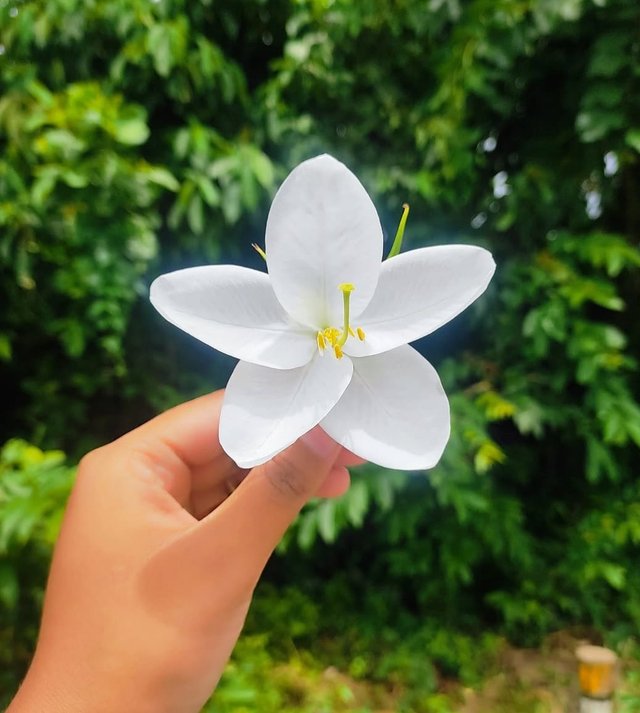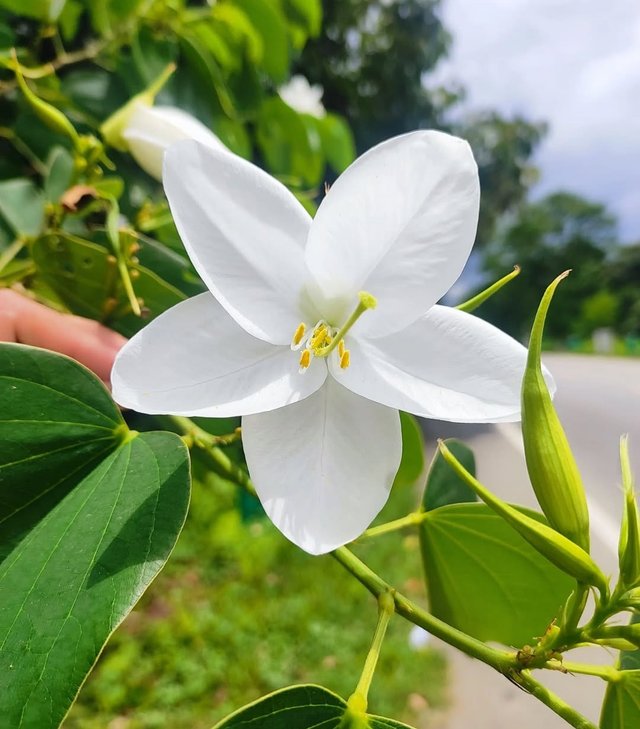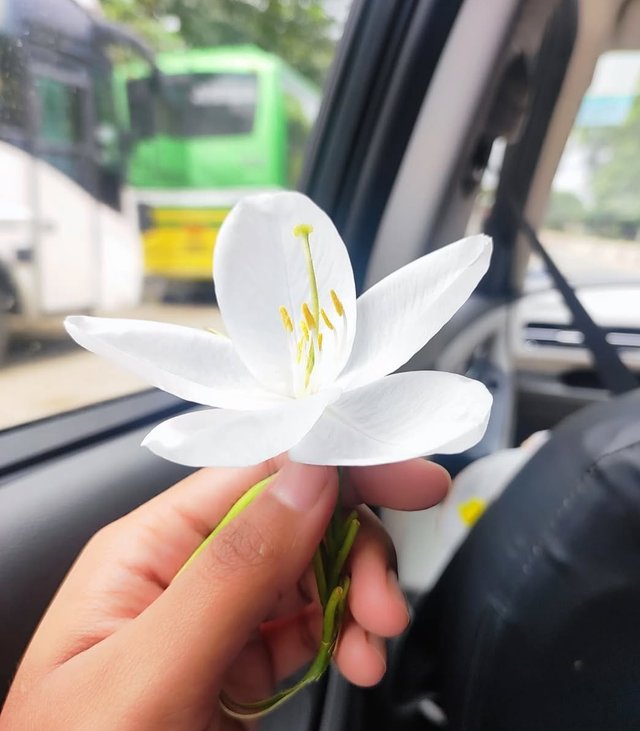Bauhinia Acuminata Flower
Bauhinia acuminata: The Snowy White Orchid Tree
Bauhinia acuminata, often called the white orchid tree, dwarf white bauhinia, or snowy orchid tree, is a beautiful flowering plant belonging to the Fabaceae family. Native to tropical and subtropical Asia, this species is widely admired for its pure white, orchid-like blossoms and ornamental value. It is especially popular in gardens, parks, and as a decorative roadside tree in warm climates.
Botanical Profile
Scientific name: Bauhinia acuminata
Family: Fabaceae
Common names: White orchid tree, Dwarf bauhinia, Kachnar
Origin: Southeast Asia and South Asia
Growth habit: Evergreen or semi-deciduous shrub/small tree
This species is a small, shrubby tree that typically reaches 3–4 meters in height. Its distinct bilobed leaves, resembling a camel’s hoof, are a characteristic feature of all Bauhinia species. The foliage provides a lush green backdrop to the dazzling flowers.
Flowers and Blooming Season
The flowers of Bauhinia acuminata are its most striking feature. Large, snowy white blossoms—around 8–12 cm across—resemble delicate orchids, which is why they are often called “orchid trees.” Each flower has five petals and prominent yellow stamens, creating a subtle yet elegant contrast. The plant blooms prolifically in warm months, often from spring to late autumn, depending on the climate. In tropical areas, it can flower almost year-round.
Cultural and Ornamental Significance
In many Asian cultures, the white orchid tree is a symbol of purity and grace. Gardeners appreciate it for its ability to brighten landscapes with its vivid white blooms, especially when planted alongside colorful flowering shrubs. Its moderate size and manageable growth habit make it suitable for small gardens, courtyards, and urban spaces.
Growing Conditions and Care
Sunlight: Prefers full sun but can tolerate partial shade.
Soil: Well-drained, moderately fertile soil is ideal. It can adapt to various soil types, including sandy or loamy soils.
Watering: Requires regular watering during dry periods but can withstand some drought once established. Overwatering should be avoided to prevent root rot.
Temperature: Thrives in warm, frost-free climates. It is sensitive to severe cold and may need protection in cooler regions.
Pruning: Light pruning after the flowering season helps maintain shape and encourages new growth.




%20(7).jpeg)
Thank you for sharing on steem! I'm witness fuli, and I've given you a free upvote. If you'd like to support me, please consider voting at https://steemitwallet.com/~witnesses 🌟